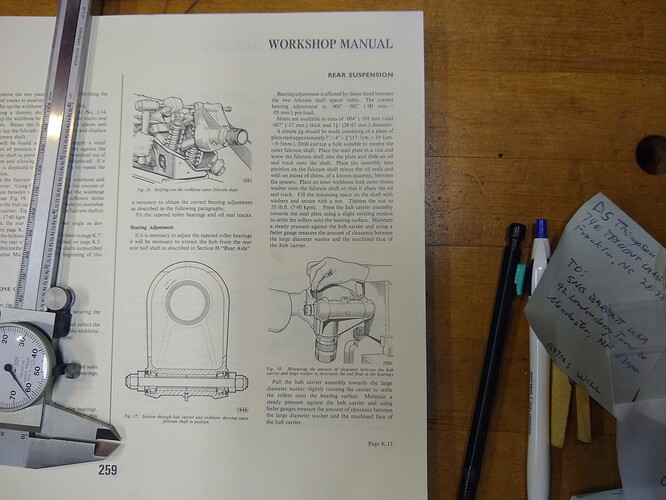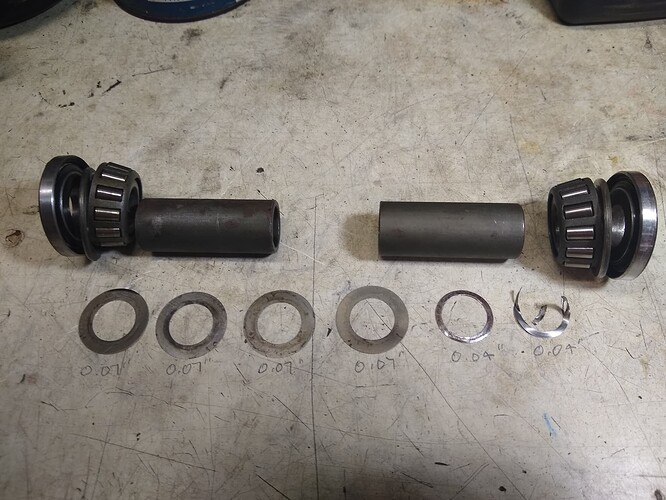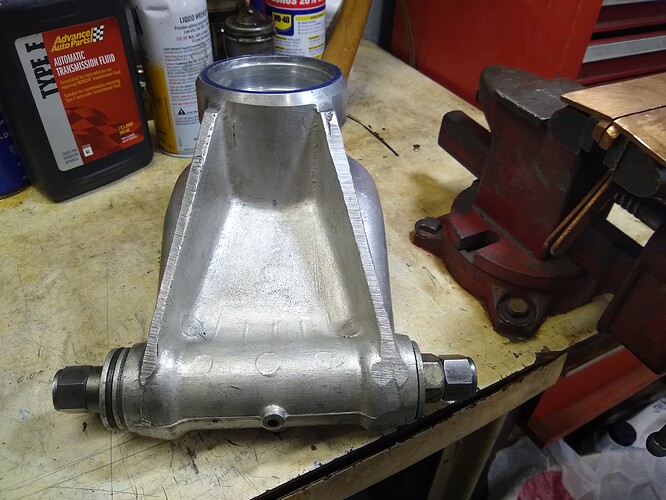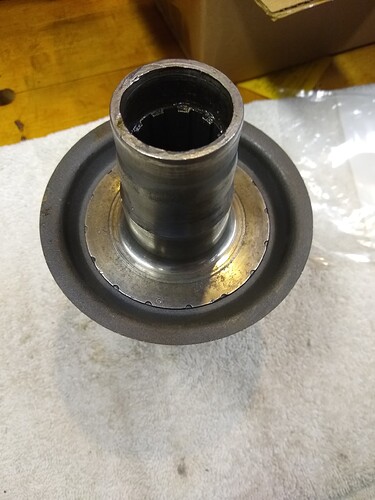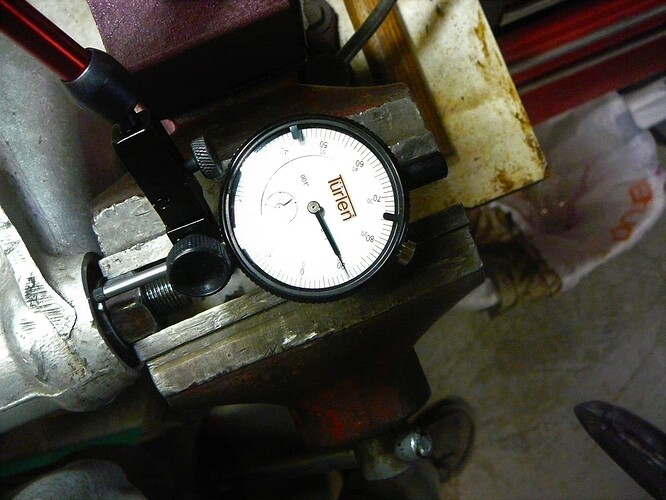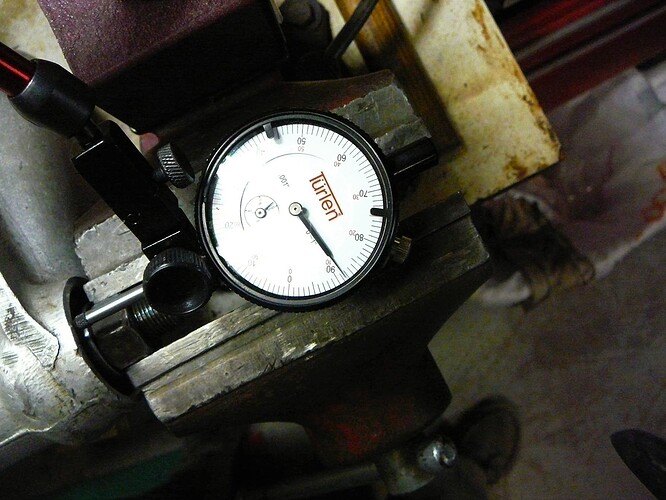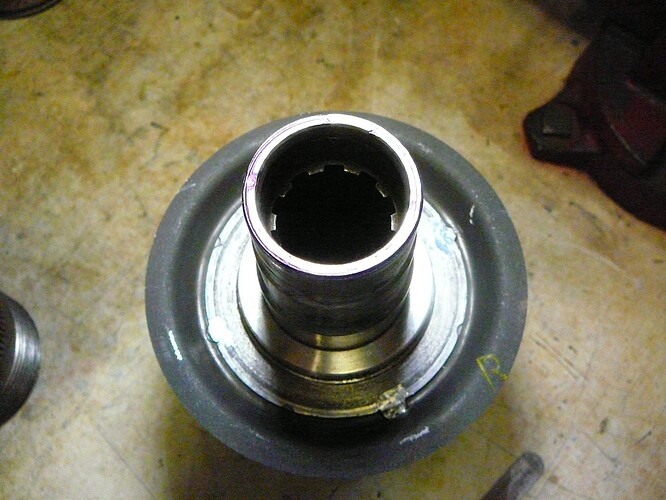Back to the project after interruptions by Ian the Hurricane. No problem here, but my son’s family is in Tampa and he is in Nebraska working. All’s well that ends well.
I am working the hubs and specifically the Outer Fulcrum Shaft and setting the new bearing pre-load. I am using the instructions from the shop manual. see pic.
And to make sure I’m doing it correctly, I’ll ask. As I understand it, I have disassembled the shaft and replaced the bearings. I counted the shims between the spacer tubes: 4 Xs 0.007" = 0.028". I added another shim of 0.005" to be too loose (pre-load wise) and put it all together. I did not fabricate the 3/8" steel plate with a tapped hole to screw the Fulcrum Shaft into, rather I simply screwed on the nut and held that in the vice. Then I fitted the assembly without the seals. So, Seal Track tp Seal Track. Big flat washer against the Seal Track on the other end and a number of additional washer to get to the threads and the nut. Then I tightened the nut to 55 lb-ft. Rotated the Hub a bit and pushed towards the vice. Took a measurement between the Big Flat Washer and the Hub’s machined surface. Then I pulled on the hub and took another measurement. What I’m looking for is the difference between the push and pull measurements.
Is that correct? Should be 0.000" to 0.002".
